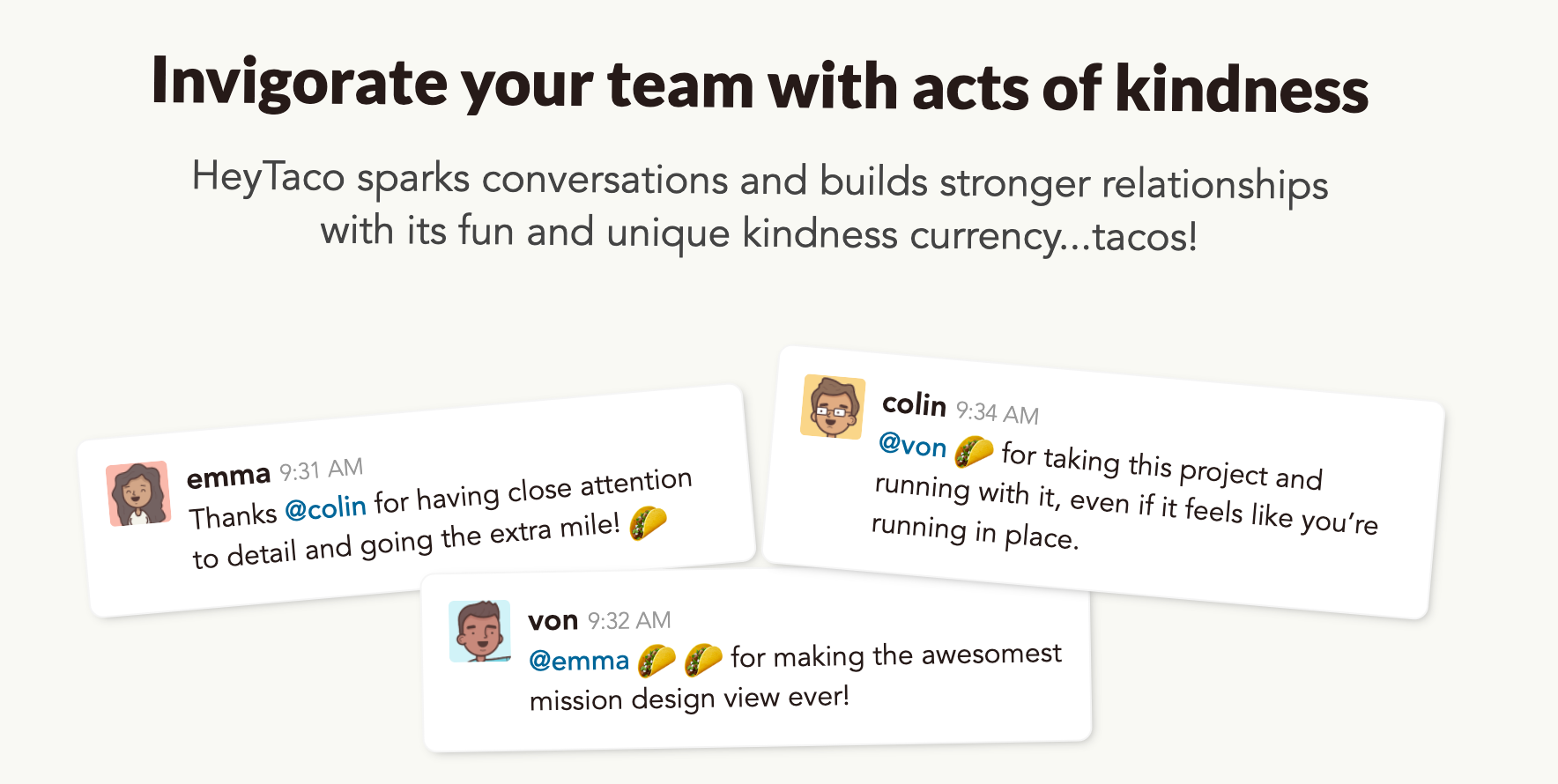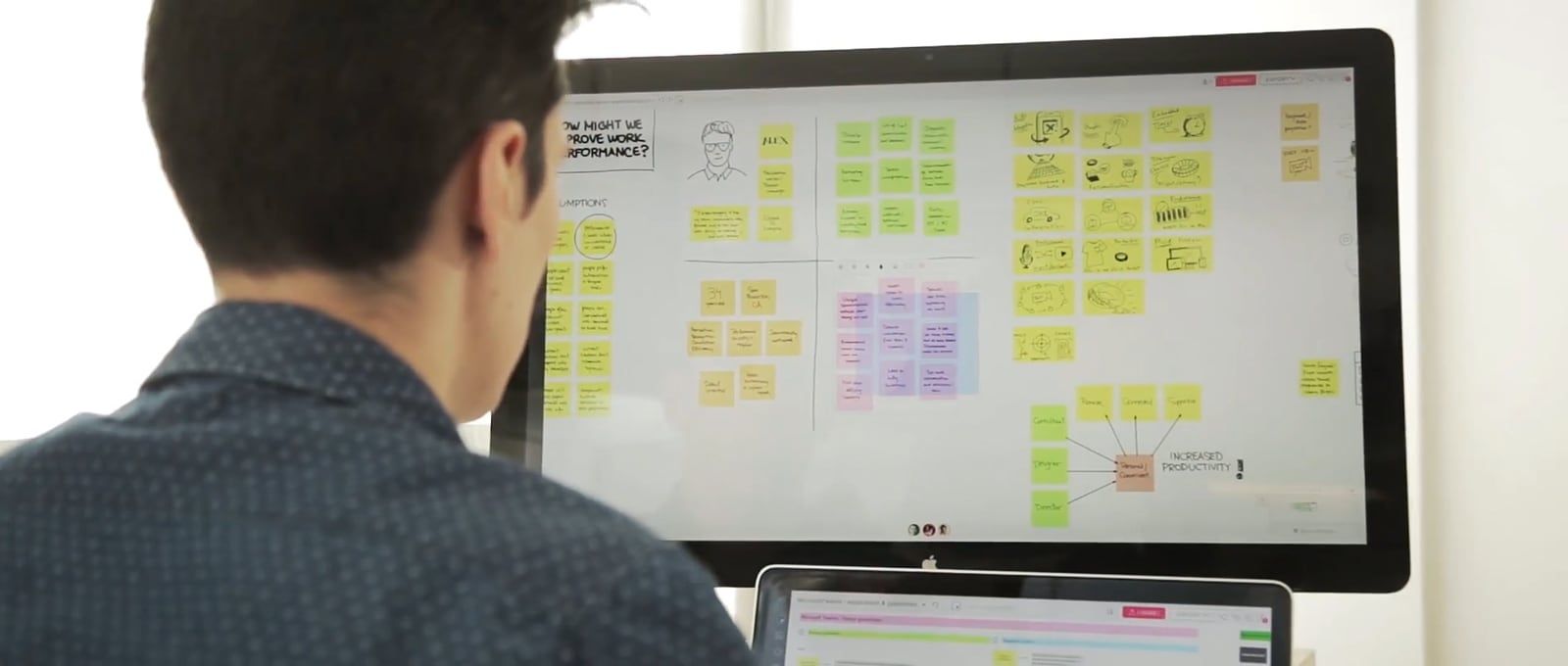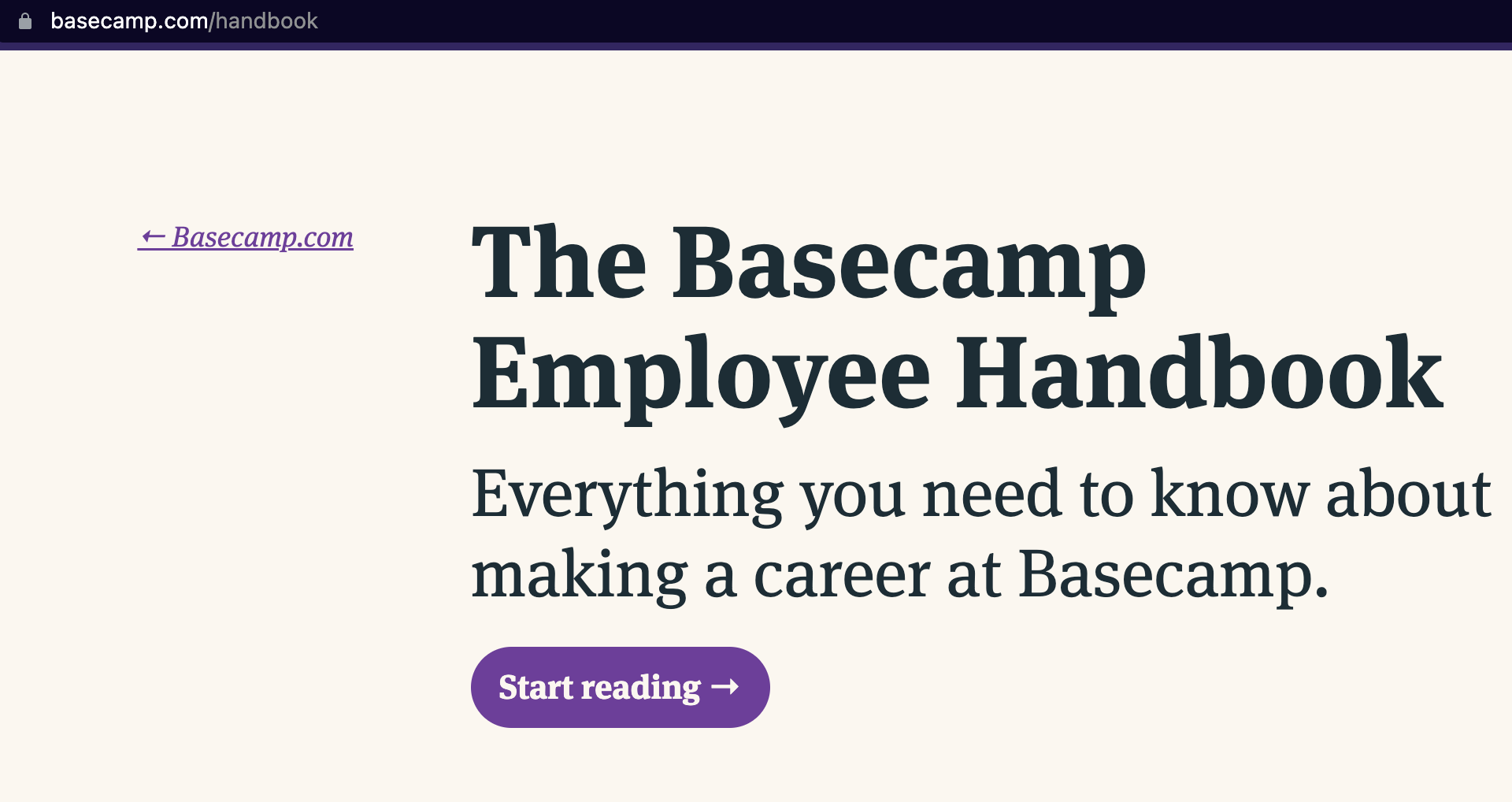I was told for 10 years before 2020 that, "remote doesn't work."
"How do you know people are working?"
"Isn't that just offshoring?"
"You can't do great work remotely."
I've heard it all. I'm still hearing it today as employers drive the "return to office."
I'm not down on the office. I also don't think we should continue to use the mentality of the factory for knowledge workers. Which is what we've been doing for the last century.
So, with that backdrop, let's get into the myths that employers continue to perpetuate to drive desk and knowledge workers back to the office.
MYTH # 1: The office fosters culture.
Offices are about proximity. There's a bunch that happens just because people are near each other. You might think, "Isn't that helpful?"
Not entirely.
That's comparable to being smart but not applying yourself. You can "get by" because you have natural intelligence. With some purpose, that same person could go from getting by to top of the class.
The same is true with culture.
Culture is about intentionality. When you remove proximity, you have to work on it. Not force it. But actually work on it. You need to document values and create spaces to allow it develop.
Go look at Buffer, Zapier, Automattic, GitLab, and more, who are Remote First companies with thriving cultures. I've also covered in the past ten ways to build stronger remote cultures.
MYTH # 2: The office promotes connections.
Most people interact with those they know. Chance interactions are not proven to impact creativity or innovation:
“There’s credibility behind the argument that if you put people in spaces where they are likely to collide with one another, they are likely to have a conversation,” said Ethan S. Bernstein, who teaches at Harvard Business School and studies the topic. “But is that conversation likely to be helpful for innovation, creativity, useful at all for what an organization hopes people would talk about? There, there is almost no data whatsoever.”
from Do Chance Meetings at the Office Boost Innovation?
Comparatively, tools like Donut and HeyTaco deepen weak ties and improve gratitude. Donut creates one-on-one discussions with those you may have not interacted with previously on the team. HeyTaco fosters an amazing culture of gratitude. It becomes a daily habit for many teams.

MYTH # 3: The office is for collaboration.
Knowledge worker collaboration is different. Much of it can happen async as I've discussed recently. That's driven by flipping your communication pyramid and no more meetings.
That’s why tools like Figma have grown dramatically along with startups like Almanac and Yac. You also can’t do what Miro or MURAL can on a whiteboard. Whiteboards in the office often go into camera rolls never to be seen again. With these "interactive whiteboards", everyone is a participant. You can add voting and timers during brainstorming sessions or workshops. Plus, you can come back to thoughts later easily and keep working instead of whiteboards that get erased.

MYTH # 4: The office increases productivity.
Tell that to those commuting 1 - 4 hours a day. I recall people wanting to join my company from the SF Bay Area because they spent 2 - 3 hours commuting one way to the office.
Remote worker productivity is through the roof. If anything, remote workers need to pull back. The data shows they are working too much. On average, people are putting in 8 hours more per week of work since 2020.
With mornings and evenings available to desk and knowledge workers, they are doing routines like getting early starts or putting in some work after the kids go to the bed. Since they aren't wasting time commuting, going to lunch, or running to a meeting across the campus, they are re-purposing these hours for personal and professional productivity.
MYTH # 5: The office improves information flow.
This myth is a result of most companies relying on oral tradition. It’s why new hires need to shadow for months. Companies that aren’t built around documentation will burn their people out regularly with messaging and meetings. Microsoft recently documented an increase in 250% more meeting time since the start of COVID-19.
As one example about the importance of documentation, consider remote handbooks. We're now done with the old, useless handbooks people receive when hired, never read, and never reference again. Remote handbooks comparatively are used daily, grow, evolve, and are the operating systems of remote companies.
Beyond some of the Remote First companies I mentioned in the culture section, Basecamp, Remote.com, and ConvertKit have detailed, public remote handbooks. These handbooks set the tone of a documentation-first, async culture.

MYTH # 6: The office encourages fun.
Ping pong tables and gaming consoles.These defined startups...in the 2000s.
Now it's time to allow team members to self-organize around interests. Dive and Cosmos Video facilitate new ways for virtual interaction. Dive provides activities to help remote teams bond and engage in remote environments.
Cosmos Video is instead what I call a virtual office. It allows more of the serendipitous interactions typical when physically together. Some companies use it as a complete office and video conference replacement. I spoke with the co-founder and CEO Karan Baweja on my podcast.
MYTH # 7: The office reduces miscommunication.
Or it creates more.
Such as secretive coffee chats. And closed door conversations.
Transparency is a hallmark of Remote First companies. They limit private channels in messaging tools. They default to company-wide sharing of information, almost to a fault.
With Remote First, there's less chance for information silos. Key decisions aren't trapped in conference rooms or with teams that are co-located with one another. That's especially true with async and documentation-driven workplaces, which define Remote First companies.
MYTH # 8: The office offers the best perks.
Fancy snacks and drinks. Catered lunches.
Oyster has data in its latest employee expectations report that work culture and remote work are valued above perks. But you can use Grubhub or Hoppier to coordinate remote team meals. Or go further with a team retreat, which are standards for remote and hybrid teams. I covered how Salesforce is investing in employee well-being with its Trailblazer Ranch retreat center when discussing Big Tech and its return to the office.
So, which would you prefer, a coffee or trip to an inspiring and relaxing location?
MYTH # 9: The office removes wfh distractions.
Although present, work from home constraints are known and more easy to navigate than what occurs in an office.
Today's office is still very much defined by the open-office model. At home, the issues of regular coming and going of family or roommates is countered in the office with constant background noises, people regularly "dropping by", or maybe those ping pong games.
If you want to explore more tips you can apply personally to improve your remote work setup, consider my breakdowns of what you should do with your to dos, emails, files, & notes, browser tabs, or these five remote work strategies I've learned over the past 15 years.
MYTH # 10: The office is the future.
The office will have a place for knowledge workers. But it will be a different place. One focused on collaboration and connection. Not daily commutes and office drudgery.
Most people believe hybrid will be the common model in the coming years. Companies will come to learn that hybrid is a subset of Remote First. When one person is remote, the entire company needs to operate remotely, even in a hybrid environment. Listen or watch my episode on the future of remote versus hybrid.
Stop embracing these myths today. So you can attract the best talent tomorrow.

